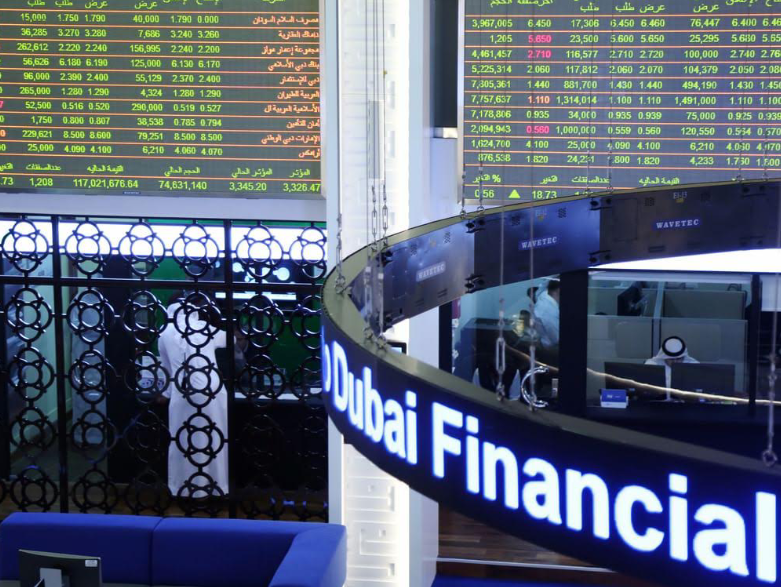The global FinTech market, valued at $272 bn in 2023, is projected to reach $723 bn by 2030 and
$1.265 trln by 2034, growing at a CAGR of 15%, according to Beinsure forcast.
FinTech innovations have accelerated the digital finance revolution. This growth has
democratized investing. FinTech M&A deals remains high, driven by consolidation, strategic
banking initiatives, and evolving investor preferences. Traditional banks are acquiring FinTech
companies to stay at the forefront of financial innovation and enhance adaptability and customer-
centricity.
Automated savings apps are also gaining traction. Research from Cornerstone shows that among
the 13% of U.S. consumers using them, almost $17 bn has been generated in additional deposits.
This indicates we are on the brink of the next major evolution: the rise of super-apps. These
platforms aim to consolidate various financial and lifestyle services into a single, seamless
interface.
FinTech Market Forecast for 2024-2034
Key tech players saw this integration potential early. META integrated payments into
WhatsApp, while Apple and Google did the same within their mobile operating systems.
In China, super-apps have gained significant traction. From 2015 to 2023, WeChat’s revenue
increased from $3.6 bn to $16.38 bn.
FinTech Market Value Forecast FinTech companies’ stimulus expansions in applications such as mobile apps, artificial
intelligence, blockchain, data analytics, and cloud computing to dislocate and advance several
features of the financial industry.
FinTech companies provide financial technology solutions, tools, and services to other businesses
(B2B). Advances in AI, blockchain, cloud computing, and big data analytics have enabled the
creation of innovative FinTech solutions. These advancements have boosted the fintech sector by
making financial services more convenient, secure, and efficient. Clients increasingly rely on
digital platforms for their financial needs.
However, regulatory guidelines for FinTech vary widely across regions and can be complex and
dynamic. Complying with these regulations can be costly and time-consuming, especially for
new and smaller companies. FinTech companies attract hackers because they handle sensitive
financial data. Strong cybersecurity measures are essential to protect against fraud, data
breaches, and other security threats.
FinTech sector saw M&A activity rise
While global M&A has suffered in 2024, the FinTech sector saw M&A activity rise sharply this
year, with 600+ deals recorded. This represents a 46% increase on numbers, and a whopping
70% increase on pre-pandemic figures. The trailing 30-month median EBITDA multiple came in
at 14.2x, firmly within the 13x to 15x range monitored since 2015.
The slashed valuations of some publicly traded financial technology companies will continue to
prompt FinTech M&A interest from strategic and private equity buyers.
The market correction emerged as public market investors began prioritizing profitable
companies over those prioritizing growth at any cost.
Deal Volume and Value: The overall number of M&A deals in the FinTech sector showed
significant activity, with nearly 600 private FinTech deals recorded between 2022-2024.
Large Transactions: Capital One’s pending $35 bn acquisition of Discover was a standout,
marking one of the largest FinTech M&A deals ever.
Deal Structures and Valuations: FinTech valuations have declined, making the sector
attractive for buyers. The median revenue multiple range was 3.4x to 7.2x as of 2024, about 30%
lower than in 2021.
Geographic and Sector Variations: While the Americas, particularly the United States,
dominated megadeal activity, regions like EMEA and Asia-Pacific experienced declines in deal
volumes due to challenging economic conditions.
Many high-growth but unprofitable or break-even businesses, which were valued based on
revenue multiples, experienced significant valuation cuts, sometimes by nearly half. In contrast,
the valuations of profitable businesses were less affected. The global M&A market experienced a
notable surge across all industries, prompting analysts to question the sustainability of such
highs.


